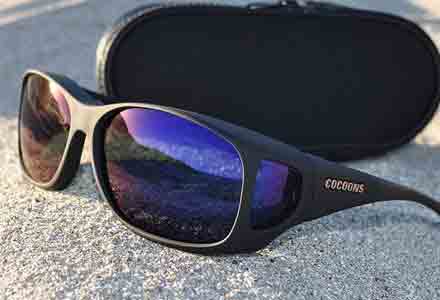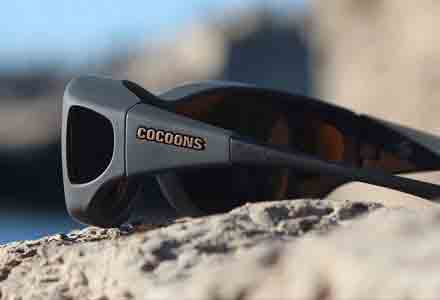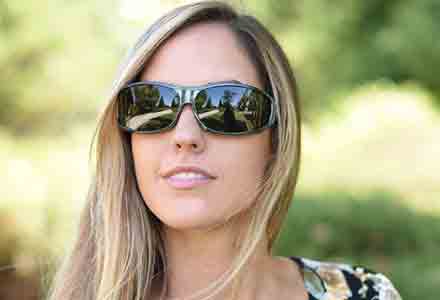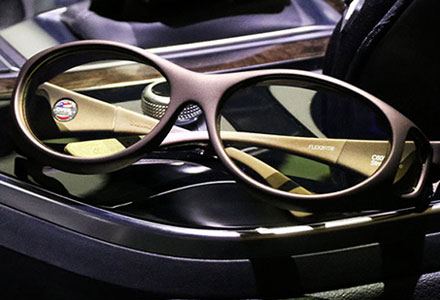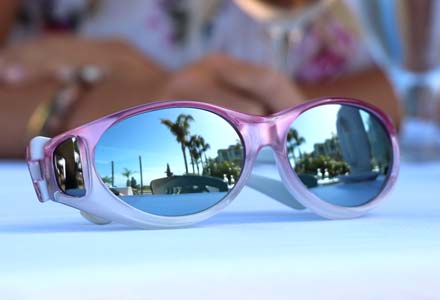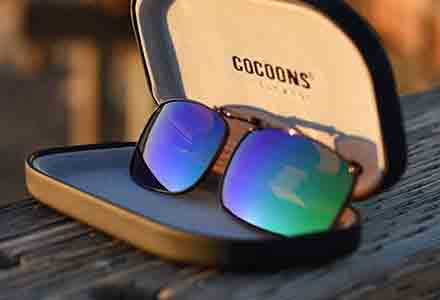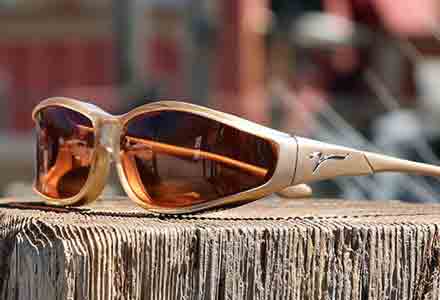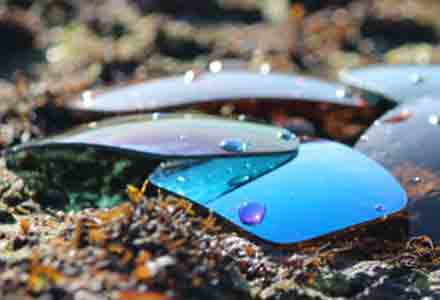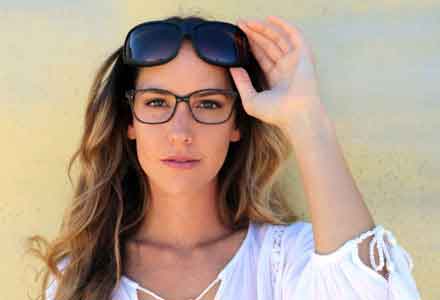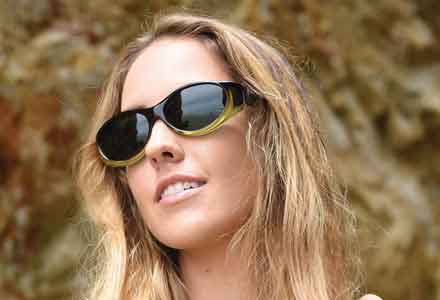Cocoons Fitovers, Lifestyle, Technology, Visual Performance
What to Know About Night Driving Glasses?
Those who drive at night are all too familiar with the glare of oncoming traffic. The situation is worse on highways or any other unlit roads, where the contrast between the darkness and the glare of oncoming traffic can literally blind the driver for a few seconds. Enter the night with night driving glasses. Are they all the same, though? Keep reading and find out.
Night-Driving Glasses vs. Sunglasses
Sunglasses and night driving glasses are different in essence and purpose. Sunglasses are designed to block harmful UV rays, which aren’t a problem at night. Additionally, sunglasses darken your view in order to protect your eyes from sunlight exposure. However, night driving glasses can’t really dim your vision since it would make it more difficult to drive at night.
Sunglasses should never be used for driving at night since the level of light reduction can greatly reduce nighttime visual acuity and cause them to be dangerous for drivers and pedestrians. Ideally, opt for optical-grade, zero-distortion lenses that are designed for dark environments. For those who require prescription glasses, the Cocoons night driving fitovers collection featuring the Twilight® lens system is the ideal solution to blinding night time glare and irritating eyestrain caused by over exposure to the HEV blue light generated by LED headlights, streetlights, and road signals.
How Does It Work?
Night driving lenses not only reduce the amount of glare but also help drivers see clearer in dark environments. Properly formulated night driving lenses will help to create contrast that sharpens object definition. This kind of lens will also help improve contrast in dim daylight environments, making it easier to drive under hazy or foggy conditions.
Night driving glasses are designed to protect the eyes from the blue light emitted by oncoming traffic. It is important to reduce HEV blue light levels. Blue light has a large amount of energy and the shortest wavelength of the entire light spectrum. It means that blue light usually causes glare when it reaches the human eye. The blue light spectrum ranges between 400 and 520nm. The lower wavelengths (400-420nm) are the most penetrating and cause the greatest amount of irritation.
Night driving lenses don’t need to be a dark tint, though. In fact, the lenses featured in proper night driving glasses will use a tint formulation that is designed to filter HEV blue light (often the tint will have a yellow hue to it), but also transmit enough blue light at the higher wavelengths to provide accurate color definition for proper signal recognition. The Twilight lenses featured in Cocoons night driving fitover glasses are specially formulated to meet the unique visual demands of night driving and other low light conditions.
Tips for Choosing the Best Night-Driving Glass
When shopping for night driving glasses, there are some features you should look for and some aspects to bear in mind. The ideal night driving glasses will be designed to increase contrast, reduce glare, and preserve color definition. The lenses should be designed to transmit adequate light levels for use at night (90% or greater) and feature an anti-reflective coating on the lenses to help minimize road glare and light halos.
For those who require prescription glasses, Cocoons fitover frames featuring Twilight lenses are designed to comfortably fit over numerous styles of eyewear. Cocoons fitovers are a more economical alternative to purchasing night driving coatings for prescription lenses as the coatings can be very expensive and need to be updated whenever the prescription changes. When selecting fitover eyewear it is always best to look for adjustable temples that can be shaped to fit comfortably with your existing eyewear or other items like hearing aids. All Cocoons fitovers feature the patented Flex2Fit® temple system for a personalized fit. The Cocoons collection is available in a wide range of fitover frame sizes to accommodate almost any eyewear style.
Additional Recommendations to Improve Night Vision
Night driving glasses will improve contrast, visual perception, and eye comfort while driving at night, but it’s important to note that there are also other things you can do to help improve visibility in the darkest hours.
Keep the dashboard and other in-car lights dim so that you don’t strain your eyes while driving. The windshield should also be clean inside and outside since dirt can potentialize glare. The same goes for headlights. Maintaining a clear windshield is always best, so it’s also important to replace your windshield wipers regularly to avoid streaks and other imperfections in the windshield surface that can cause distracting reflections.
Proper eye health should always be considered when performing visually challenging activities like night driving. Regular visits to your eye care professional for a vision checkup is important and should not be neglected. Cataracts and diabetes are some of the many eye conditions that can worsen night vision. Your eye care professional can provide you with expert recommendations concerning proper vision correction and other visual aids you may require. This is a useful item for personal use and indispensable for those working as drivers, especially if you aspire to get a long distance driving job, it’s impossible to perform the job effectively without such glasses.
Click here to shop for Night Time Driving Glasses or click our Cocoons store locator to find a pair of our glasses in store! Cocoons fitovers are offered at thousands of eye care locations nationwide.

